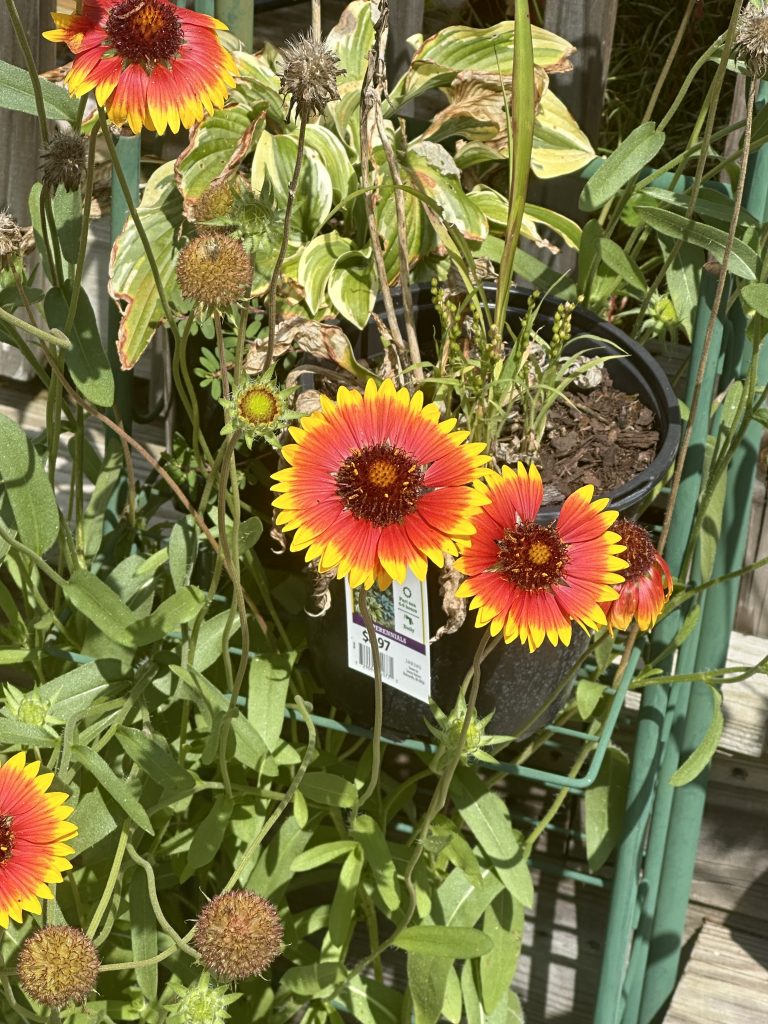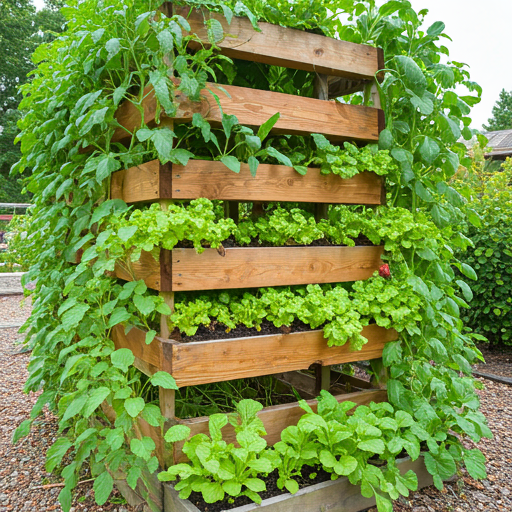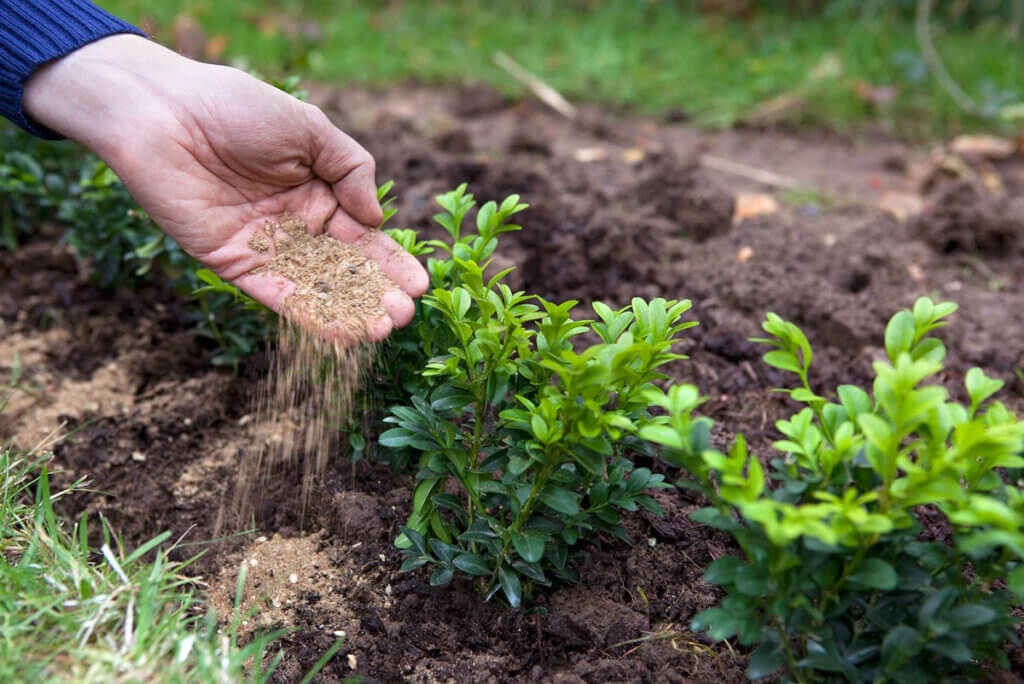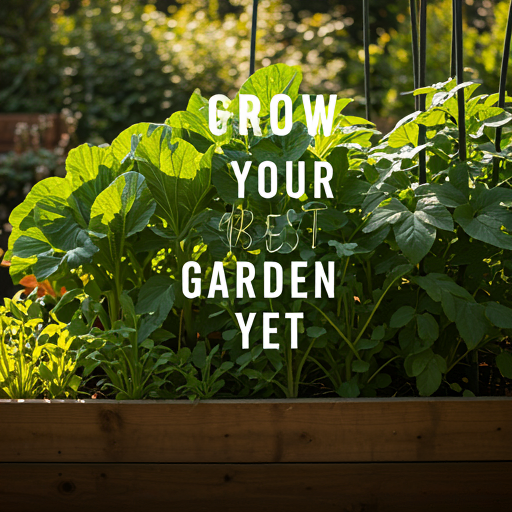Indoor Plants: Transform Your Space with Nature’s Beauty
The Magic of Indoor Plants
Indoor plants have become a beloved addition to modern homes, offices, and public spaces. These green companions offer more than just visual appeal—they bring a host of benefits that enhance your well-being and environment. Whether you’re a seasoned plant enthusiast or a curious beginner, this guide will explore why indoor plants are a fantastic choice and how you can incorporate them into your space.
Benefits of Indoor Plants
1. Improved Air Quality
One of the most celebrated advantages of indoor plants is their ability to improve air quality. Plants like the Spider Plant, Peace Lily, and Snake Plant are known for their air-purifying properties. They can help remove toxins such as formaldehyde, benzene, and trichloroethylene from the air, making your indoor environment healthier.
2. Enhanced Mood and Productivity
Studies have shown that indoor plants can have a positive impact on mood and productivity. Being around greenery can reduce stress, increase feelings of calm, and boost overall happiness. In workspaces, plants like the Pothos or ZZ Plant can contribute to higher productivity and creativity, making them ideal for home offices and study areas.
3. Increased Humidity
Indoor plants can help increase humidity levels in your home. Plants like the Boston Fern and Areca Palm release moisture into the air through a process called transpiration. This can be particularly beneficial in dry indoor environments, helping to prevent dry skin and respiratory issues.
4. Natural Aesthetic Appeal
Indoor plants add a touch of nature’s beauty to any space. From the dramatic foliage of the Monstera to the delicate leaves of the String of Pearls, plants can complement a variety of decor styles. They bring color, texture, and life to your interiors, making spaces feel more inviting and vibrant.
Choosing the Right Indoor Plants
Selecting the right indoor plants depends on your space, lifestyle, and personal preferences. Here are some factors to consider:
5. Light Conditions
Understanding the light conditions in your space is crucial. Some plants thrive in bright, indirect light, while others can tolerate low-light conditions. Here are a few options based on light levels:
- Bright, Indirect Light: Fiddle Leaf Fig, Bird of Paradise, Philodendron
- Low Light: Snake Plant, ZZ Plant, Pothos
- Fluorescent Light: Cast Iron Plant, Chinese Evergreen
6. Maintenance Level
Consider how much time you can dedicate to plant care. Some indoor plants are low-maintenance and require minimal attention, making them perfect for busy individuals. Examples include:
- Low-Maintenance: Snake Plant, Pothos, Cactus
- Moderate-Maintenance: Spider Plant, Peace Lily, Philodendron
7. Space Constraints
If you have limited space, opt for smaller plants or those that grow well in containers. Hanging plants like String of Hearts or English Ivy can add greenery without taking up floor space. For larger spaces, consider statement plants like the Monstera Deliciosa or Rubber Plant.
Caring for Indoor Plants
Proper care is essential to keep your indoor plants healthy and thriving. Here are some basic tips:
8. Watering
Overwatering is a common mistake. Make sure to check the specific water needs of each plant. Many indoor plants prefer to dry out a bit between waterings. Use a well-draining potting mix and ensure pots have drainage holes to prevent waterlogging.
9. Fertilizing
Indoor plants benefit from regular feeding during the growing season (spring and summer). Use a balanced, water-soluble fertilizer to provide essential nutrients. Follow the recommended dosage to avoid over-fertilizing, which can harm plants.
10. Pruning and Cleaning
Regular pruning helps promote healthy growth and remove dead or yellowing leaves. Cleaning plant leaves with a damp cloth can help remove dust and improve light absorption.
11. Repotting
As plants grow, they may outgrow their pots. Repotting every couple of years ensures that roots have enough space to expand and access fresh soil. Choose a pot that is 1-2 inches larger in diameter than the current one.
Popular Indoor Plants to Consider
12. Snake Plant (Sansevieria)
Known for its hardy nature and air-purifying abilities, the Snake Plant is a favorite for beginners. It can tolerate low light and irregular watering, making it ideal for almost any indoor environment.
13. Spider Plant (Chlorophytum comosum)
The Spider Plant is renowned for its ease of care and its ability to produce numerous “babies” or offsets. It thrives in bright, indirect light and is excellent at removing indoor pollutants.
14. Peace Lily (Spathiphyllum)
With its elegant white blooms and glossy green leaves, the Peace Lily adds a touch of sophistication to any room. It prefers low to medium light and helps filter out harmful chemicals from the air.
15. Pothos (Epipremnum aureum)
Pothos is a versatile, trailing plant that can grow in a variety of light conditions. Its heart-shaped leaves and rapid growth make it a popular choice for hanging baskets or as a cascading accent in shelves and corners.
Conclusion: Elevate Your Space with Indoor Plants
Indoor plants are more than just decorative elements; they are essential for creating a healthier, more enjoyable living environment. By choosing the right plants and providing them with proper care, you can transform your space into a lush, green haven. Explore the diverse world of indoor plants and discover how they can enhance your home and well-being.
Start incorporating indoor plants today and enjoy the myriad benefits they bring to your life and living space. Happy planting!






